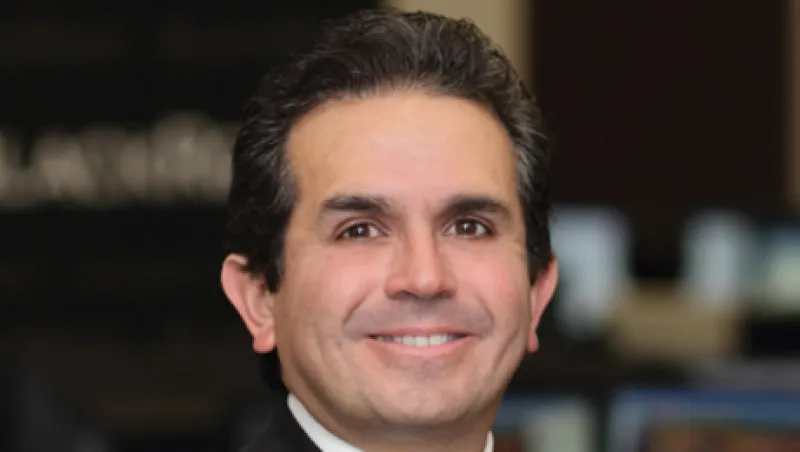Exchange-traded bond funds are on a roll. They gathered $70 billion last year, a 31.4 percent increase over 2011, according to New York–based asset manager BlackRock. The obvious explanation is that investors want low-cost, transparent strategies for their savings. But there’s another reason for the soaring popularity of fixed-income ETFs. Money managers, advisers, pension funds and insurance companies are using these easily traded funds to prepare for the day when interest rates begin climbing, bonds lose value and investors scramble to sell into a market still largely dependent on weakened Wall Street dealers.
In the wake of the financial crisis, the big banks have only committed a fraction of the capital needed to maintain orderly and liquid fixed-income markets. Thanks to regulations that compel banks to hold a certain amount of reserves, and proposals like the U.S. government’s Volcker rule that force banks out of proprietary trading, investors find it much harder to buy and sell fixed-income securities. “The question is, how will the buy side manage the liquidity risk of their fixed-income portfolios once interest rates start to rise and net asset valuations get hit?” says Will Rhode, New York–based director of fixed income at research firm TABB Group.
Fixed-income ETFs started taking off in late 2008, when the credit crunch froze parts of the bond market. Investors quickly realized that these transparent funds were highly liquid and gave frequent price signals all day long. “ETF volume has grown six times in four years,” says Daniel Gamba, New York–based head of BlackRock’s $220 billion iShares Americas institutional business. “In 2008 illiquidity really made them relevant.” The iShares Investment Grade Corporate Bond ETF, which launched in 2002, traded an average of $18 million a day and had $3.8 billion in assets before the fall of 2008. During the crisis average daily volume rose to $171 million; now that figure is $274 million and the fund’s assets are some $24 billion.
“I can be more nimble with a portfolio constructed of fixed-income ETFs than with a traditional bond portfolio,” says Peyton Studebaker, director of trading at $1.2 billion-in-assets Caprin Asset Management, a Richmond, Virginia, manager of municipal and taxable bonds. “If there’s a credit event, I can shift strategy easily.” With that in mind, Caprin offers three portfolios consisting solely of muni and taxable bond ETFs.
Global asset managers use fixed-income ETFs to establish a liquid portion of a mutual fund or other account, BlackRock’s Gamba says. Besides reducing the performance drag from cash, this strategy provides a ready pot of money for investor redemptions. Bond ETFs also let portfolio managers swiftly take positions in high-yield and other tough-to-access corners of the market. As they find individual credits, they can sell down their ETFs, Gamba says.
At the same time that dealers are committing less capital, corporate issuance has increased in the face of loose monetary policy and demand from yield-hungry investors. Flows into fixed income have been at record levels since the financial crisis. “If no one is really looking to sell that often — they’re really looking to buy — then as a dealer I don’t have to worry that much,” says Robert Smith, president of Sage Advisory Services, an $11 billion investment firm based in Austin, Texas. “And on the margin, the electronic trading networks can handle the daily churn because everyone is going one way.” But, Smith worries, what happens when higher rates push investors to flood the market with bonds?
Sage, whose clients include insurance companies, endowments, unions and high-net-worth individuals, uses ETFs as the “common man’s way of hedging liquidity issues in the market,” Smith says. Big asset managers can deploy a variety of derivatives to hedge against a complex series of credit events. “Our clients’ only real liquidity is a trader’s bid,” Smith concedes. “I hope they can find it in a fast-moving market.”
Smith points to a split between big and small institutions. Wall Street dealers still covet the large asset managers, hedge funds and other institutional investors that generate huge transaction volumes. In a crisis those clients will get the liquidity while smaller players will probably end up waiting in line.
Since 2007, Sage has used ETFs to offer fixed-income core-plus-style portfolios; popular in the past decade, such portfolios saw managers add a 10 to 30 percent allocation to high yield, emerging markets, preferred stocks, commodities and other alternatives on top of holdings such as Treasuries and government agency bonds. When liquidity dried up in 2008, core-plus quickly turned into core-minus, Smith recalls. “ETFs allow me to fight that core-minus aspect,” he says. “I can’t control my client’s decision to sell, but I can control how much they get hurt by how I got them into the market in the first place.”
New rules for Wall Street banks are supposed to help prevent the next crisis, but asset managers and other investors fear the unintended fallout. “In the drive to correct the excesses of Wall Street and to contain the greed, regulators also destroyed the liquidity of the Street,” Smith says. • •







